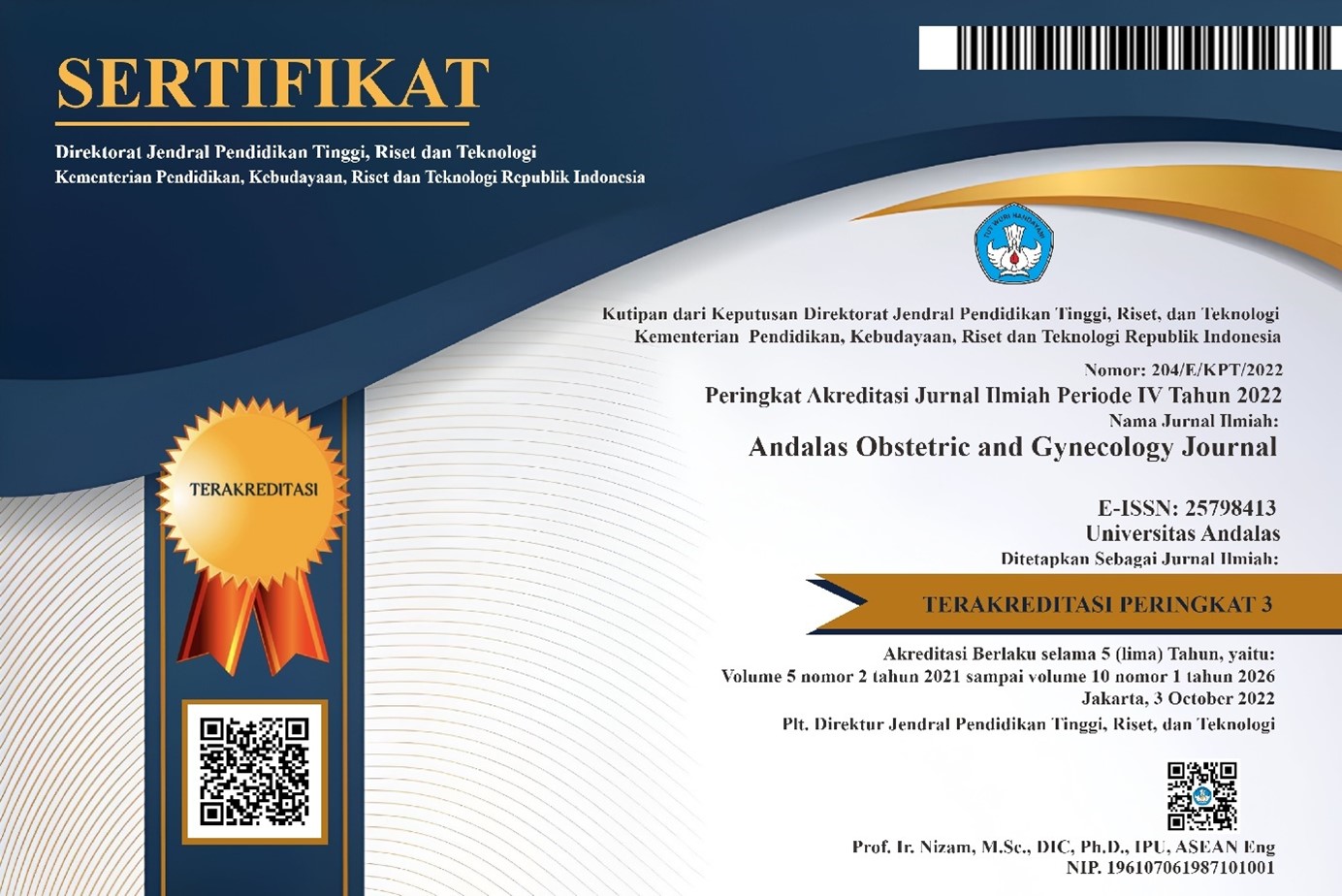Guidelines
Article Categories
Authors must categorize their paper as part of the article information. The category which most closely describes their paper should be selected from the list below.
- Literature Review (Tinjauan Pustaka). The literature review is a text of a scholarly paper, which includes the current knowledge including substantive findings, as well as theoretical and methodological contributions to a particular topic. Literature reviews are secondary sources and do not report new or original experimental work. Most often associated with academic-oriented literature, such reviews are found in academic journals and are not to be confused with book reviews that may also appear in the same publication.
- Research Article (Artikel Penelitian). A research article reports the results of original research, assesses its contribution to the body of knowledge in a given area.
- Case Report (Laporan Kasus). A case report is a detailed report of the symptoms, signs, diagnosis, treatment, and follow-up of an individual patient. Case reports may contain a demographic profile of the patient but usually, describe an unusual or novel occurrence. Some case reports also contain a literature review of other reported cases.
Article Title
A title of 14 words maximum (using Bahasa Indonesia) or 12 words maximum (using English) should be provided.
Author Details
Author A1*, Author B2 (Full name without degree) (Arial 12 pt)
1Affiliation,should be written with specific unit/department, institutions name, city (if it comes from the same institution, it is written once) (calibri 11 pt, italic)
2Department of Obstetrics and Gynecology, Faculty of Medicine, Universitas Andalas, Indonesia
Correspondence : Name; Email; Handphone (calibri 11 pt, italic)
Structured Abstract
Abstract
Only english abstract for Andalas Obstetrics and Gynecology Journal Abstract concise description of the background, purpose, methods, results and conclusions required. No more than 250 words.Abstract is written using (Calibri 11 pt, italic). Written with the following rules:
Objectives: contains the objective/purpose of research.
Methods: contains the research design, population, sample, sampling methods, research variables, data collection and data analysis.
Results: contains the results and discussion of research.
Conclusion: write the conclusion with your own words to answer the problem and research objectives, no copy paste from manuscript.
Keywords
Author(s) should provide appropriate and short keywords that encapsulate the principal topics of the paper. It should be between 3-5 words.
Article Length
Articles should be between 2500-5000 words, excluding references. Tables and figures are put on separated MS Word files.
INTRODUCTION
Comprises the problems background, its formulation and purpose of the research and prospect for the future.The introduction should include data related to research problems that develop relatives from similar studies. (Calibri 12 pt).
METHODS/ CASE REPORT
Containing clarification on used materials and scheme of experiments.Method to be explained as possible in order to enable other examiners to undertake retrial if necessary. Reference should be given to the unknown method. Provide a detailed description of research designsor the experimental model used,inclusion and exclusion variables,instruments used,statistical analysis and software used. (Calibri 12 pt).
RESULTS
Should be presented in logical sequence with minimum number of tables and illustrations necessary for summarizing only important observations. The vertical and horizontal line in the table should be made at the least to simplify the view. Mathematical equations, should be clearly stated. Decimal numbers should be separated by point (.). Tables,figure, or graphic should be cited in the text in consecutive order. Explain in footnotes all non-standard abbreviations that are used. Maximum is 4 tables/figures/graphic. (Calibri 12 pt).
DISCUSSION
Explaining the meaning of the examinations results, in what way the reported result can solve the problems, differences and equalities with previous study and development possibilities. (Calibri 12 pt).
CONCLUSION
Answers to the research question, conclusion of the researchshould be written in brief and clear descriptive sentences.This section should include the suggestion for further studies if necessary. (Calibri 12 pt).
REFERENCES
- The list of citation and reference libraries used are mandatory using the default citation applications such as Mendeley, EndNote,Zotero, or other applications for reference managers.
- References must be identified in the text by the super script Arabic numerals and numbered in consecutive order as they are mentioned in the text.
- The reference list should appear at the end of the articles in numeric sequence.
- The reference is written in the Vancouver Style (80% taken from the scientific research publication) with a maximum of 5 years since the manuscript submitted in Andalas Obstetrics and Gynecology Journal (AOJ).
- If materials are taken online, cite the URLwith the date you access the website.
- Add 2 citations from AOJ to your article. Use Mendeley, Turnitin, or other applications for reference managers. (Calibri 12 pt).
Article Organization
The body of articles should be organized (at least) into the IMRaD structure as follow;
- Introduction
- Methods
- Results and Discussions
- Conclusions
Exception for the case report should be organized slight differents from the IMRad structure as follow:
- Introduction
- Case Report
- Discussions
- Conclusions
Copyright Notice
Authors who publish with this journal agree to the following terms:
- Authors retain the copyright of published articles and grant the journal right of first publication with the work simultaneously licensed under a Creative Commons Attribution 4.0 International License that allows others to share the work with an acknowledgment of the work's authorship and initial publication in this journal.
- Authors are able to enter into separate, additional contractual arrangements for the non-exclusive distribution of the journal's published version of the work (e.g., post it to an institutional repository or publish it in a book), with an acknowledgment of its initial publication in this journal.
- Authors are permitted and encouraged to post their work online (e.g., in institutional repositories or on their website) prior to and during the submission process, as it can lead to productive exchanges, as well as earlier and greater citation of published work (See The Effect of Open Access).







